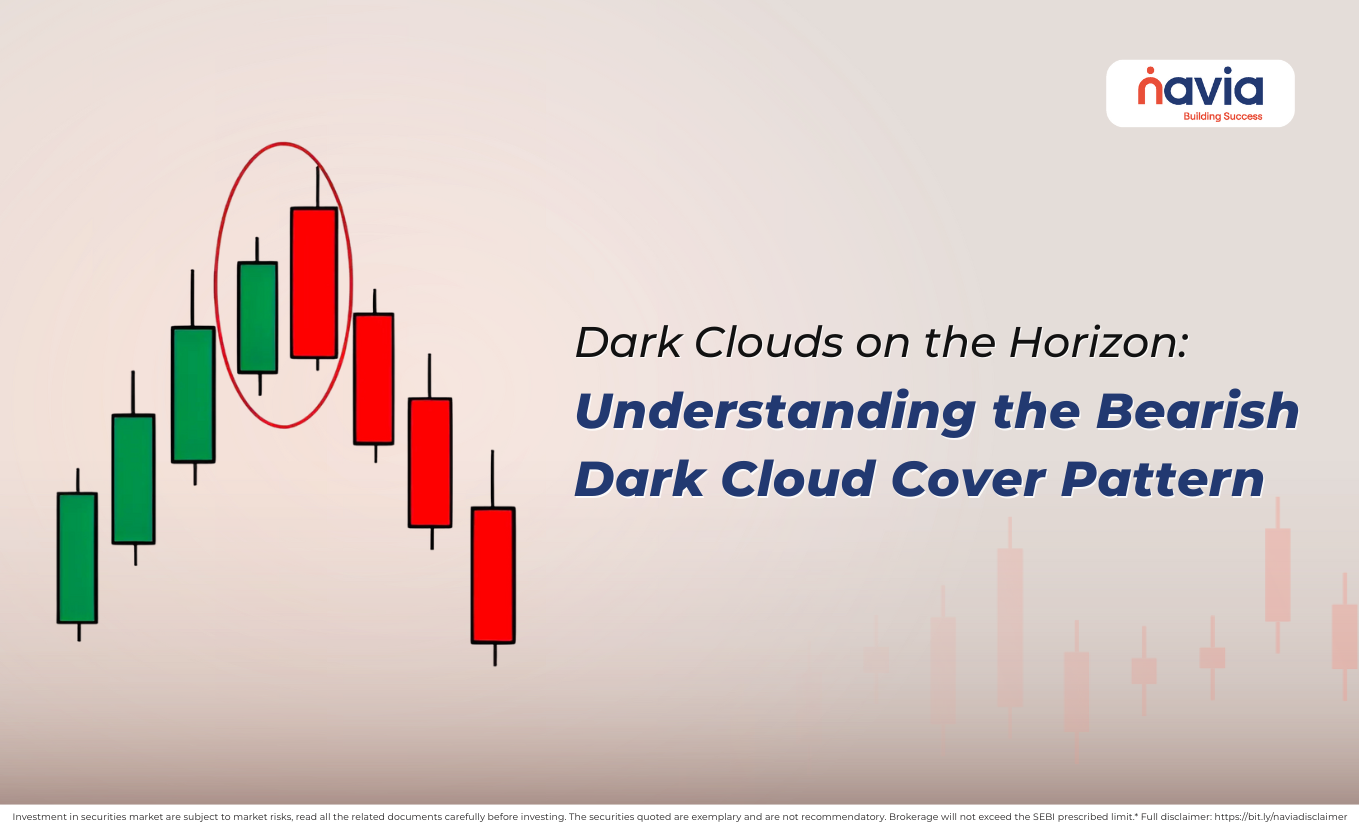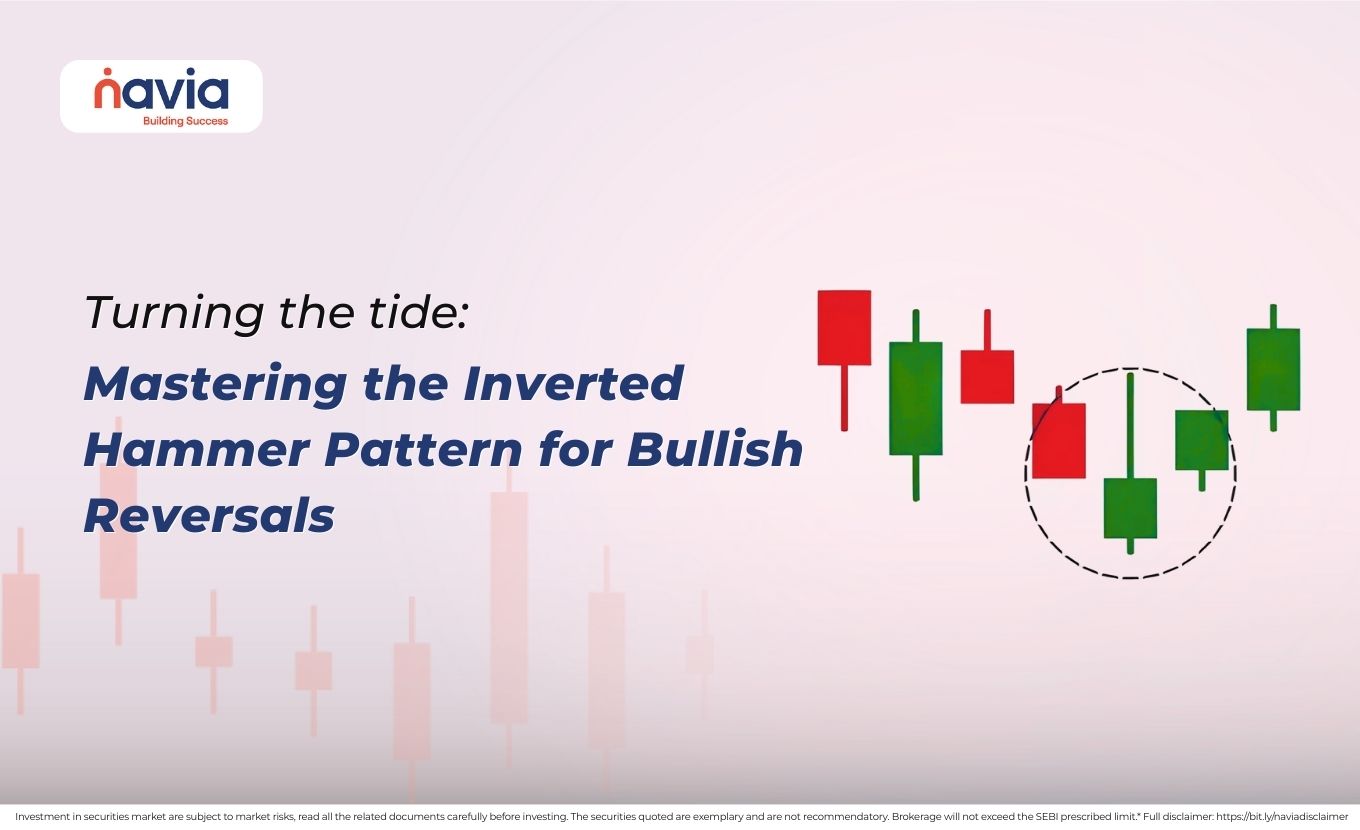Understanding the Rectangle Pattern in Technical Analysis

The Rectangle Pattern is a well-known chart pattern in technical analysis that traders and investors use to identify periods of consolidation before a breakout. This pattern can appear in both bullish and bearish markets, and it represents indecision in the market where prices move sideways between two horizontal support and resistance levels.
In this article, we’ll break down the Rectangle Pattern in simple terms, explain how to identify it, discuss targets, stop-loss levels, and provide a step-by-step guide on how to trade using this pattern with easy-to-understand examples.
What is a Rectangle Pattern?
The Rectangle Pattern is a continuation pattern, meaning that it typically signals that the price will eventually break out in the same direction as the prior trend. During the formation of the pattern, the price oscillates between two parallel horizontal lines: one acting as support (lower boundary) and the other as resistance (upper boundary).
The pattern is complete when the price breaks out of the rectangle either to the upside (bullish breakout) or downside (bearish breakout).
Key Characteristics of the Rectangle Pattern
1) Horizontal Support and Resistance:
The price fluctuates between two horizontal lines, representing support (the lower boundary) and resistance (the upper boundary).
2) Multiple Touchpoints:
The price should touch the support and resistance levels at least twice each. The more touchpoints, the stronger the pattern.
3) Volume:
Volume tends to decrease as the pattern forms and consolidates. However, a sharp increase in volume often accompanies the breakout.
4) Breakout:
The breakout occurs when the price closes above the resistance (bullish) or below the support (bearish).
How to Identify the Rectangle Pattern
➝ Identify Horizontal Support and Resistance:
Look for price movements between two clear horizontal lines, where the price bounces off the support and resistance multiple times.
➝ Observe a Prior Trend:
The Rectangle Pattern usually occurs as a continuation pattern, so there should be a preceding trend (either upward for bullish continuation or downward for bearish continuation).
➝ Wait for the Breakout:
The Rectangle Pattern is not confirmed until the price breaks out of the rectangle’s boundary (either above or below). The breakout should be accompanied by a significant increase in volume.
Trading the Rectangle Pattern
Entry Point
🔷 For a bullish breakout:
Enter a long position when the price breaks above the resistance level and closes above it.
🔷 For a bearish breakout:
Enter a short position when the price breaks below the support level and closes below it.
Stop-Loss
🔷 For a bullish trade:
Place your stop-loss just below the support level (lower boundary of the rectangle).
🔷 For a bearish trade:
Place your stop-loss just above the resistance level (upper boundary of the rectangle).
Target Price
The target price is typically set based on the height of the rectangle. Measure the distance between the support and resistance levels, and project that distance from the breakout point.
Numerical Example of a Rectangle Pattern
Let’s break down a simple example of a Rectangle Pattern using numbers.
| Action | Price (₹) | Description |
|---|---|---|
| Initial Uptrend | 100 | The price moves up from ₹100 to ₹150 |
| First Resistance | 150 | Price hits resistance at ₹150 and pulls back |
| First Support | 130 | Price finds support at ₹130 |
| Second Resistance | 150 | Price rises again but fails to break ₹150 |
| Second Support | 130 | Price falls again but holds at ₹130 |
| Breakout | 150+ | Price breaks above ₹150 with high volume |
| Target Price | 170 | Target = ₹150 + (₹150 – ₹130) = ₹170 |
| Stop-Loss | 130 | Stop-loss placed just below ₹130 |
In this example, the price fluctuates between ₹130 (support) and ₹150 (resistance), forming the rectangle. Once the price breaks above ₹150, we calculate the target by adding the height of the rectangle (₹150 – ₹130 = ₹20) to the breakout price, which gives us a target of ₹170. The stop-loss is placed just below the support level at ₹130.
Significance of the Rectangle Pattern
➝ Indecision:
The Rectangle Pattern indicates a period of consolidation where buyers and sellers are in equilibrium. There is indecision in the market, and neither side has a clear advantage.
➝ Continuation:
This pattern typically signals that the price will break out in the same direction as the prior trend, making it a powerful tool for traders looking for trend continuation opportunities.
➝ Volume Confirmation:
A key factor in validating the breakout is the increase in trading volume when the price finally breaks out of the rectangle. This confirms the strength of the breakout.
When Does the Rectangle Pattern Occur?
The Rectangle Pattern usually forms during periods of consolidation after a strong trending move. It can occur in both bullish and bearish markets.
● In a bullish market, the Rectangle Pattern may form as the price pauses for consolidation before continuing higher.
● In a bearish market, the Rectangle Pattern could represent a consolidation before the price resumes its downward trend.
Trading Strategies for Rectangle Patterns
Bullish Market:
In an uptrend, if the price breaks out of the rectangle to the upside, traders can enter a long position and set their target based on the height of the rectangle.
Bearish Market:
In a downtrend, if the price breaks below the support, traders can enter a short position and target a move downward equal to the height of the rectangle.
Rectangle Pattern in Different Market Conditions
Strong Trending Market:
The Rectangle Pattern is more likely to occur in a trending market. After a sharp move up or down, the price consolidates within a range, forming the rectangle before breaking out in the direction of the prevailing trend.
Range-Bound Market:
The pattern can also form in a sideways or range-bound market. However, the breakout in this scenario may not be as strong as in trending markets.

Conclusion
The Rectangle Pattern is a reliable continuation pattern in technical analysis that offers traders the opportunity to capture profits by anticipating the direction of the breakout. Whether you’re in a bullish or bearish market, recognizing this pattern can help you make informed trading decisions. By setting appropriate entry points, stop-losses, and target prices, traders can effectively trade this pattern in both trending and range-bound markets.
With its straightforward identification process and clear breakout signals, the Rectangle Pattern should be part of any trader’s toolbox for technical analysis.
We’d Love to Hear from you-
DISCLAIMER: Investments in the securities market are subject to market risks, read all the related documents carefully before investing. The securities quoted are exemplary and are not recommendatory. Brokerage will not exceed the SEBI prescribed limit.





